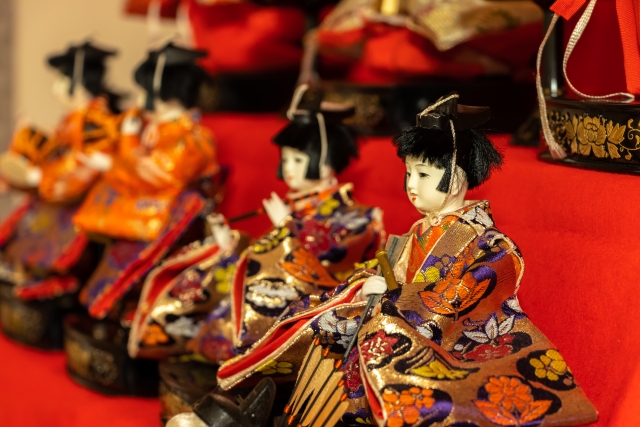Have you ever been to an orchestra performance?
It is truly an impressive performance by many string, wind, and percussion instruments playing in perfect order.
As you know, in most orchestras, the conductor gives instructions to the musicians.
However, there is no conductor in Gagaku in Japan, which is called “the world’s oldest orchestra.
Then, how does Gagaku proceed in its performance?
In this article, we will learn about “Kakko” and “San-no-tsuzumi,” two instruments that play an important role in Gagaku performances.
Both “Kakko” and “San-no-tsuzumi” are a type of percussion instrument called shimedaiko.
The difference is that the “Kakko” has a cylindrical body, while the “San-no-tsuzumi” has an hourglass-shaped body.
Both instruments are responsible for leading the ensemble and signaling the beginning and end of the song.
Hearing this much, one might ask, ‘What if the “Kakko” and “San-no-tsuzumi” give separate cues?′
The point here is that “Kakko” and “San-no-tsuzumi” are used in different musical styles.
Kakko” is used for “kangen,” a style of performance in which only instruments are played, and “bugaku,” a style of performance in which instruments and dances are combined, especially when accompanied by “tougaku,” a traditional Chinese musical instrument.
San-no-tsuzumi, on the other hand, is used for “bugaku,” especially when accompanied by “komagaku” from the Korean peninsula.



Leave a review